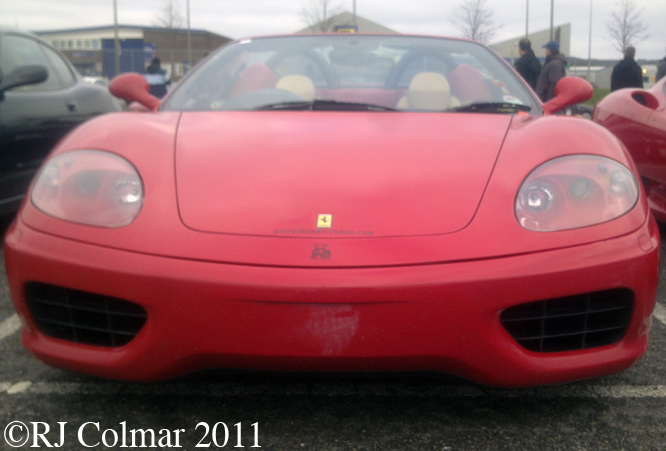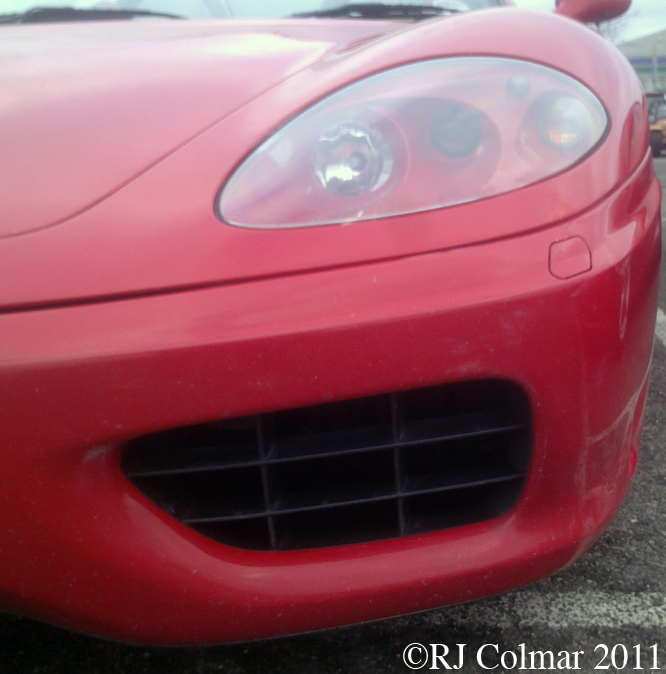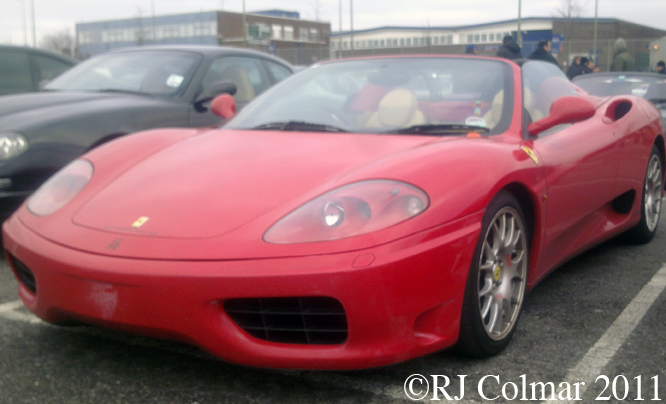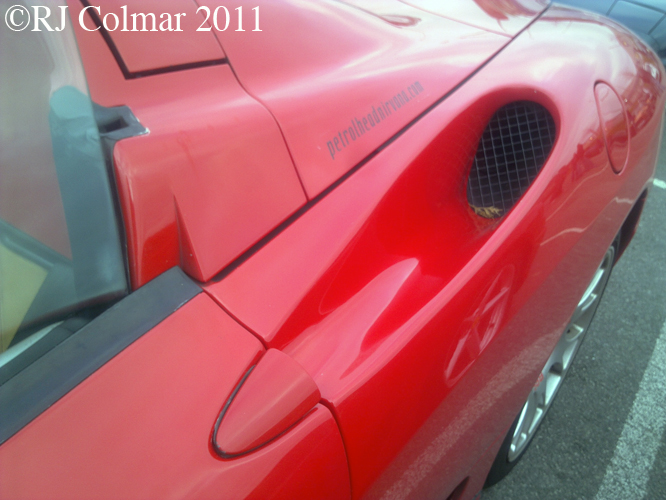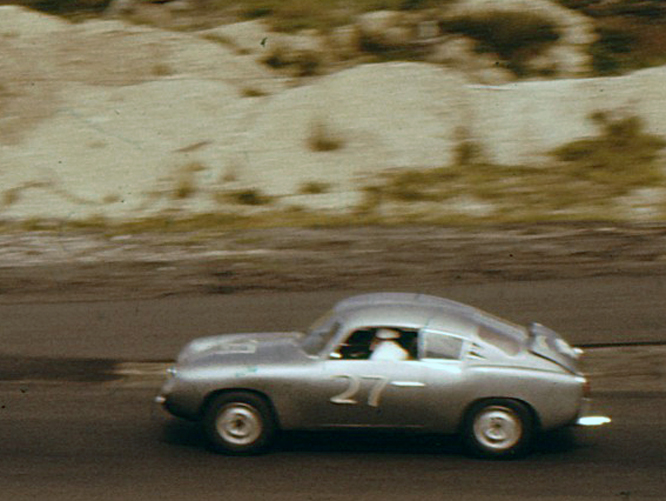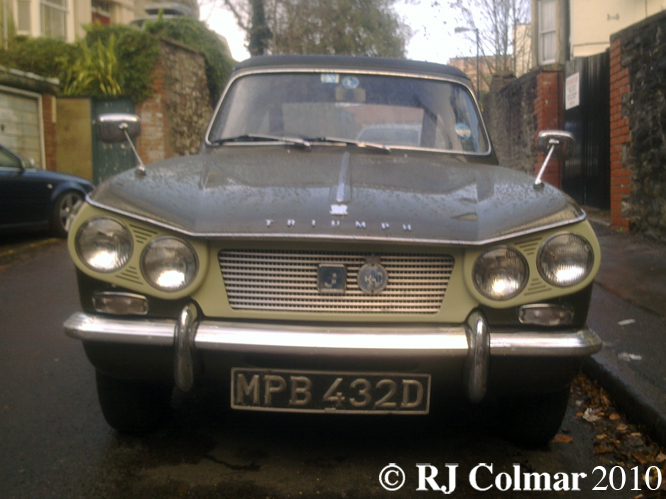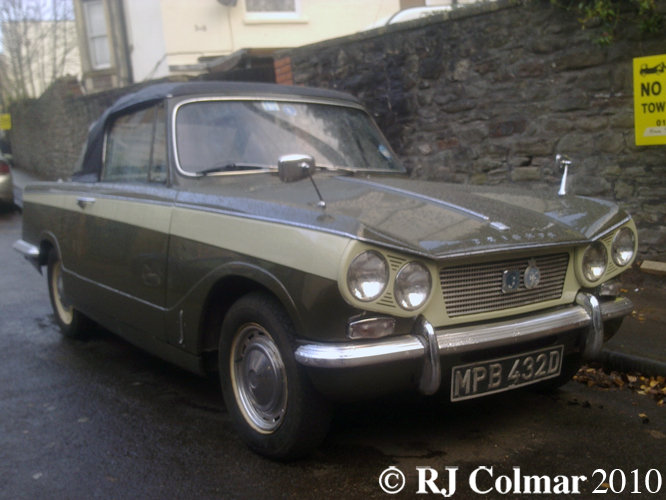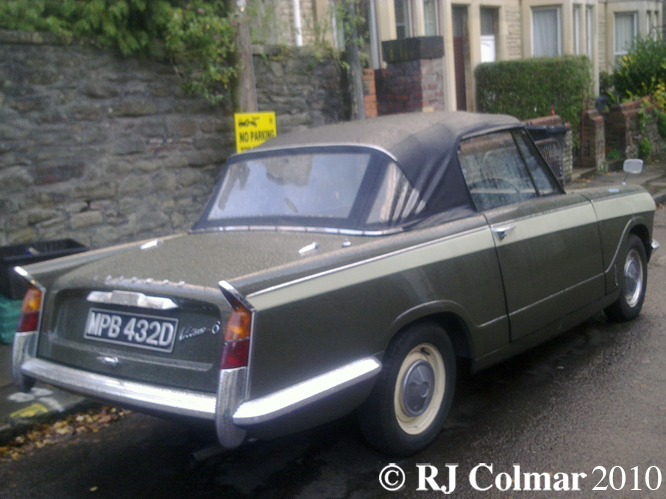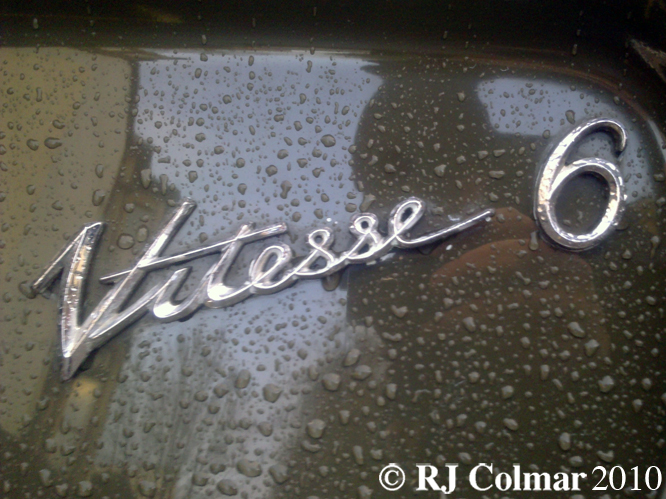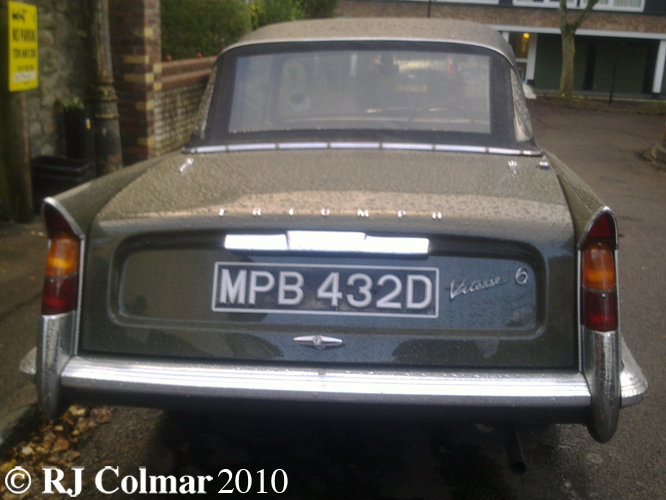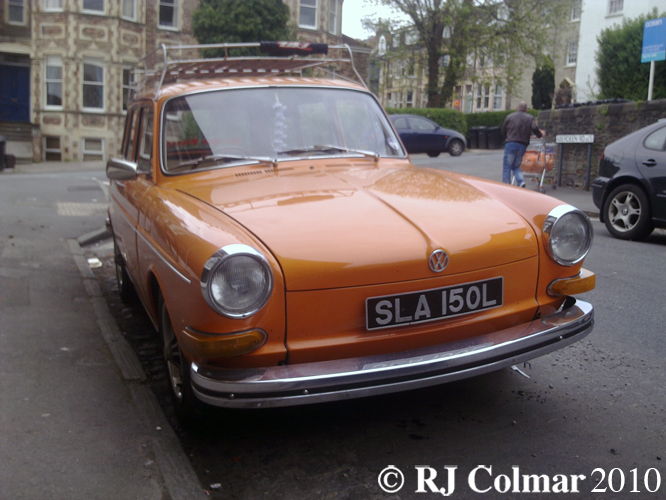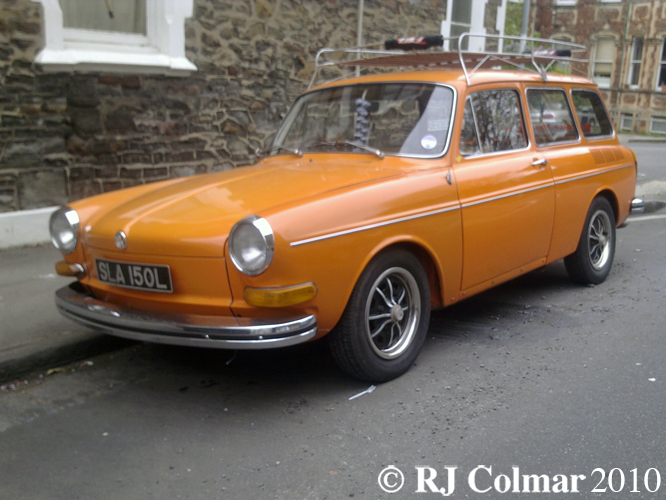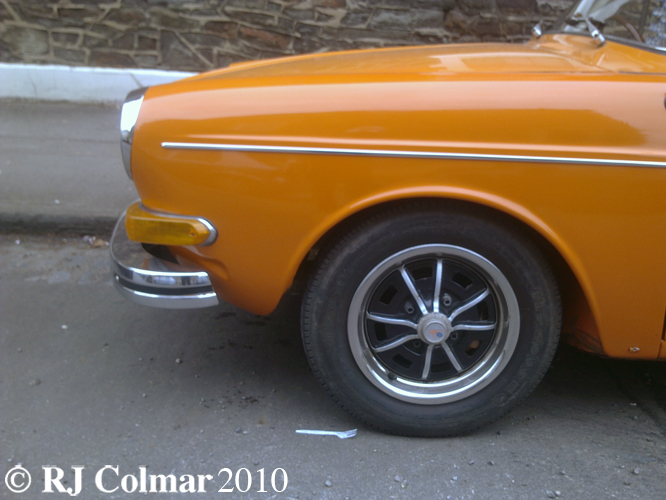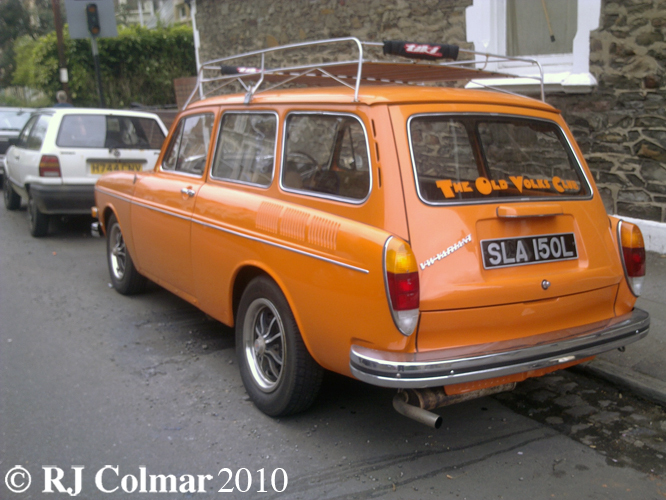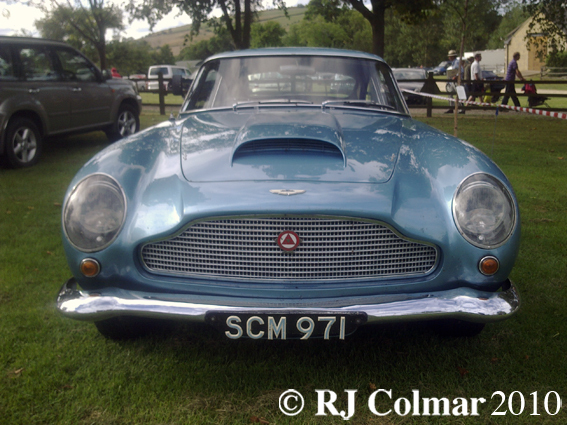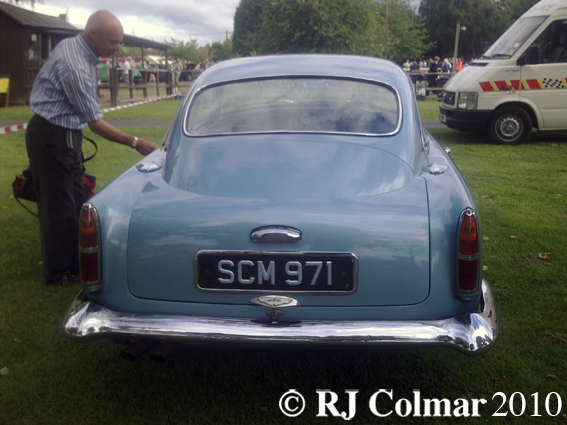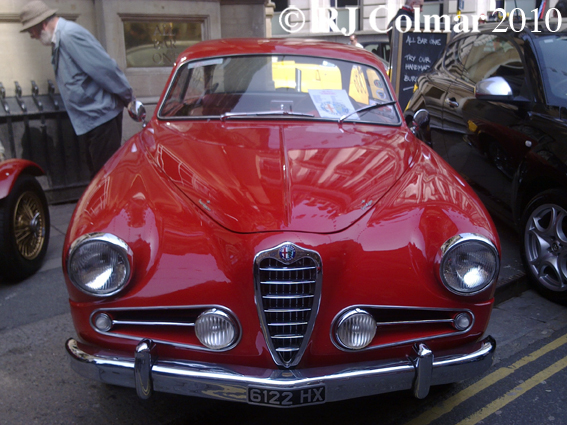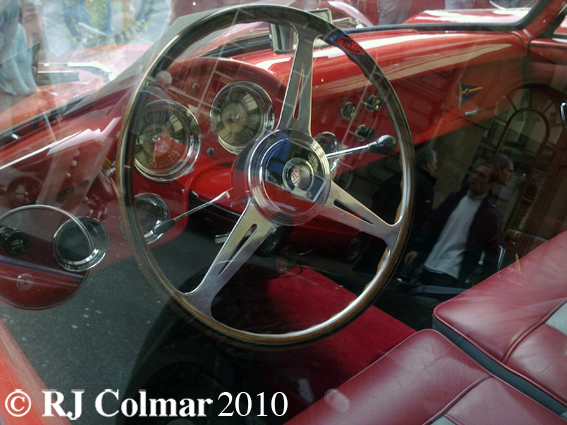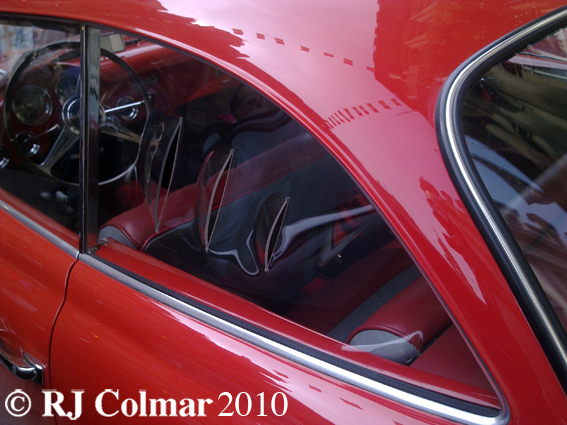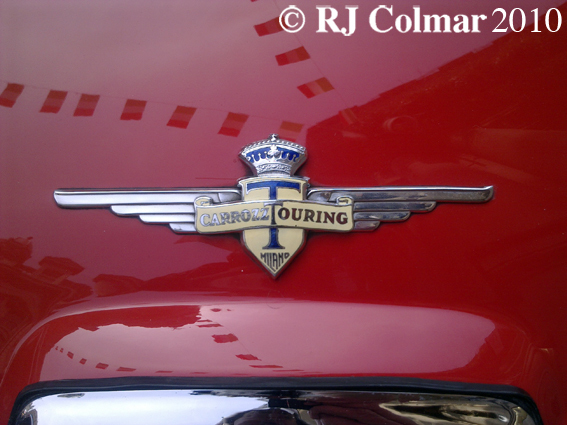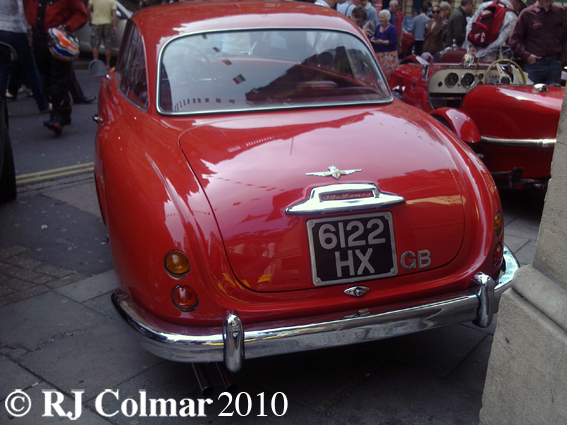Surprisingly the Ferrari F360 Spider introduced in 2000 was only Ferrari’s twentieth road going convertible model.
The aggressive timeless lines were drawn up by Pininfarina.
Despite the chassis strengthening required to maintain rigidity and safety of the all aluminium space frame the 360 Spider weighs only 60 kgs / 132 lbs more than the 360 Coupé upon which the Spider is based.
Power comes from a 400 hp 3.6 litre / 219 cui V8 fed fresh air by these side grills.
The electrically powered roof folds away between the roll bars and engine in just 20 seconds.
Options for the 360 Spider included a Tubi Style exhaust system which provided a modest increase in peak horse power and made the car sound louder.
If any one wants to swap their 360 Spider for my entire collection of Hotwheels Ferrari’s please leave a message below.
My thanks to the Pistonhead who brought this timeless beauty along to the Sunday Service at the BMW plant back in January.
Hope you have enjoyed today’s Tubi Style edition of ‘Gettin’ a lil’ psycho on tyres’ and that you will join me again tomorrow. Don’t forget to come back now !

